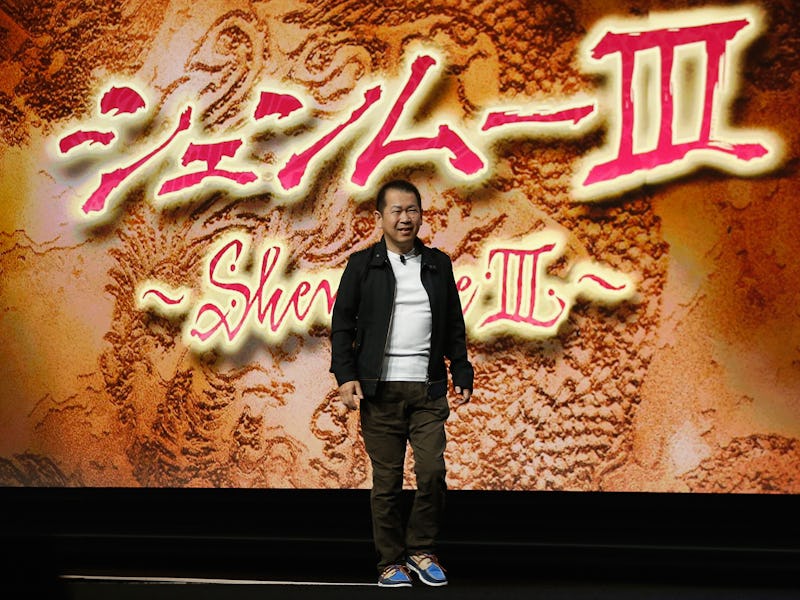A 'Shenmue' Sequel Rocked E3. But to Play the Original? Good Luck with That.
Nothing in this life is easy on dead console

The long-anticipated third installment in the Shenmue video game series broke a Guinness World Record in its Kickstarter crowd-funding efforts during this year’s E3, becoming the fastest video game to raise $1 million. It also broke Kickstarter, now that we mention it. Fourteen years after the last Shenmue game was released, curious gamers are looking to experience the Sega Dreamcast classic.
Of course, that means buying a Sega Dreamcast. What does one of those relics run these days? Like $70 at most. But in an odd twist, it’s going to be tougher than that to actually play Shenmue.
Of course, the Dreamcast has to plug into something. To work with today’s wonderfully futuristic LED flatscreens, the Dreamcast — built when TVs were far fatter and less crystal-clear — will need a VGA cable. Even though it isn’t the most expensive thing to buy, one can’t help but notice the barriers to entry just to play some not-all-that-old video games.
Then there’s Shenmue II, which is only playable on the original Xbox. That’s another costly package. Take stock. That’s two old consoles, two old games, and a necessary component as a cherry on top. Emulators are a final option, or perhaps a last resort. They don’t always work and are hampered by complex downloads .
Blame Sega. It retains the rights to the first two games, big money losers upon their original releases. To Sega, a current-gen port somehow doesn’t appear financially responsible, no matter the hype. Gamers want it, but Sega isn’t in a giving mood.
Fans have taken it upon themselves to update the game. Even as a pipe dream, it’s a great effort.
One of the stretch goals Shenmue III reached in its crowdfunding efforts is Shenmue I & II Cinema Shorts. Based on the vague description, gamers curious about Shenmue III could experience the first two lengthy games in some kind of movie form. While that’s helpful to get unfamiliar parties onboard, that takes away the core Shenmue experience — immersion.
What Shenmue nailed all those years ago was you (as the player) exploring an urban Japan in the midst of a changing cultural moment. In 1986, the time of the game’s setting, Japan was caught between its unique cultural identity and the creeping post-war Western influence. It was a realistic metaphor for adulthood and change, which for many Shenmue players profoundly reflected their own adolescence. Passively watching cutscenes defeat that necessary part of the “Shenmue” experience.
Unless curious gamers are willing to shell out the rough equivalent of the PlayStation 4’s current price tag for a load of ancient gaming tech and necessary parts, they’ll have to rely on word of mouth and kinda silly YouTube videos with people who just have to make a joke when they’re playing.